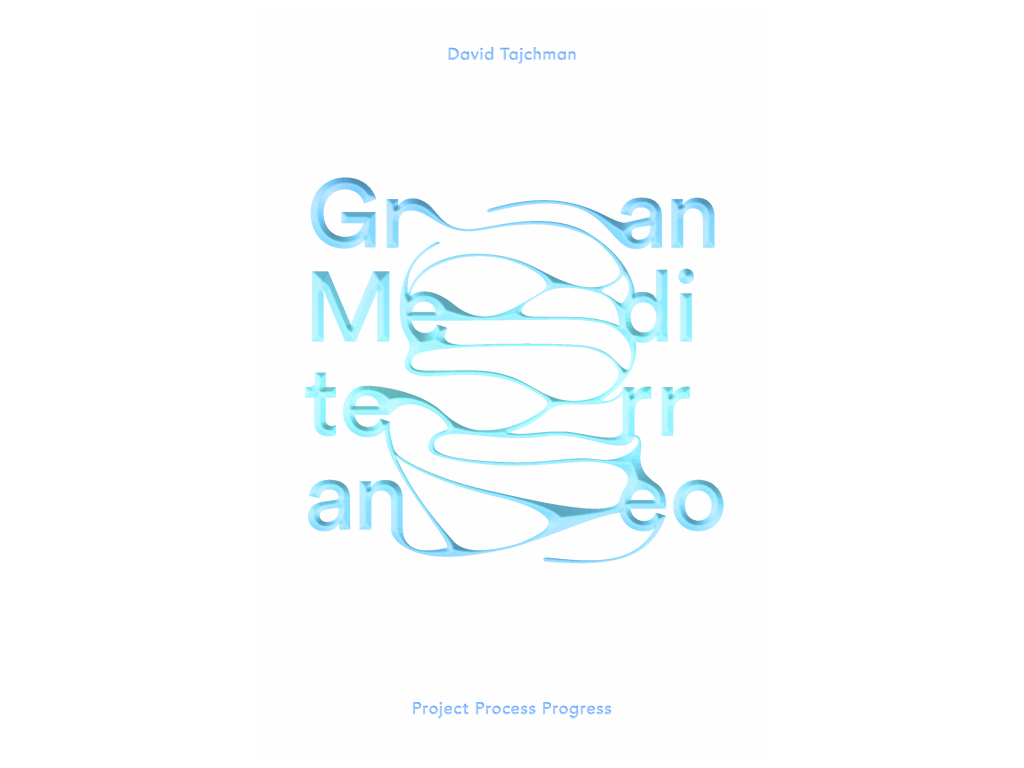The Housing First (HF) approach originated in the United States during the 1990s within mental health services, inspired by the model for discharging patients from psychiatric hospitals called ‘Supported Housing’. Based on gaining immediate access to independent apartments with support from a team of health workers for chronically homeless people and groups assessed as at risk of homelessness, it spread from the Pathways to Housing model founded by psychologist Sam Tsemberis in New York in 1992. HF introduces some changes compared to other models. It reverses the institutional-clinical approach from both a health and a welfare perspective. The key element is the direct transition from the street to a home. Very quickly, therefore, HF has also proven an effective and potentially revolutionary intervention to address homelessness in different contexts, including in England, France, Finland, Portugal, Spain and other countries. In Italy, as we argue in the following pages, it has the potential to provide a new direction for homelessness policies in a context in which chronic homelessness has increased: the Italian Institute of Statistics (ISTAT) reveals that there are 50,724 homeless people (roofless and houseless people) in Italy (up 3,071 from 2011), and that 21.4% of those have lived on the street from more than four years (ISTAT, 2014). Since 2011, supply – the number of beds and meals provided by 768 organisations – has increased by 15%, despite a more or less stable number of homeless people. This means that the same person is using the same services more and more times in the same week (three times more for beds and five times more for meals in one week), with severe consequences for the welfare system and costs to local authorities, as well as for living conditions.
The Housing First (HF) approach originated in the United States during the 1990s within mental health services, inspired by the model for discharging patients from psychiatric hospitals called ‘Supported Housing’. Based on gaining immediate access to independent apartments with support from a team of health workers for chronically homeless people and groups assessed as at risk of homelessness, it spread from the Pathways to Housing model founded by psychologist Sam Tsemberis in New York in 1992. HF introduces some changes compared to other models. It reverses the institutional-clinical approach from both a health and a welfare perspective. The key element is the direct transition from the street to a home. Very quickly, therefore, HF has also proven an effective and potentially revolutionary intervention to address homelessness in different contexts, including in England, France, Finland, Portugal, Spain and other countries. In Italy, as we argue in the following pages, it has the potential to provide a new direction for homelessness policies in a context in which chronic homelessness has increased: the Italian Institute of Statistics (ISTAT) reveals that there are 50,724 homeless people (roofless and houseless people) in Italy (up 3,071 from 2011), and that 21.4% of those have lived on the street from more than four years (ISTAT, 2014). Since 2011, supply – the number of beds and meals provided by 768 organisations – has increased by 15%, despite a more or less stable number of homeless people. This means that the same person is using the same services more and more times in the same week (three times more for beds and five times more for meals in one week), with severe consequences for the welfare system and costs to local authorities, as well as for living conditions.
Only recently, the Minister of Labour and Social Policy approved the Guidelines for Tackling Severe Adult Marginality in Italy, thanks in part to advocacy activities carried out by the National Federation of Organizations Working with Homeless People (fio.PSD) and the local authorities in larger Italian cities. An agreement with regional governments to favour a sustainable approach through adequate funding at all levels (national, regional and local) as well as through the involvement of the public, private and not-for-profit sectors (i.e., a bottom-up approach) is attached to the Guidelines. Furthermore, the Ministry is going to approve the National Plan against Poverty, which will include a minimum income scheme for severely deprived people from 2016. The Guidelines aim to clarify and harmonize all services, measures and social worker profiles related to and working within this sector. They suggest using the European Typology of Housing Exclusion (ETHOS) as a common definition of homelessness; they set out essential or basic levels of services for homeless people through standardized and homogeneous key features for public services; and they furnish recommendations for implementing measures, practices and management, including Housing First as a preventive measure against homelessness in Italy.
In this framework, HF, while not a panacea for all forms of homelessness, appears as an important and progressive social policy response, and it has the potential to enhance Italian policy responses to homeless people and people with high housing support needs. HF starts from a simple principle – but one that is a strike for Italy: a home is a basic human right for everyone. Re-evaluating the concept of home, enforcing the capacity of vulnerable people to sustain housing, recognizing the benefit of the support and visits of social workers at home, and investing social expenditure in a long-term vision are the revolutionary challenges within the cultural and political Italian context. Last but not least, HF should be a useful way of preventing homelessness. Recent data from the Italian government reveal that the number of executive evictions increased in Italy from 31,393 in 2013 to 36,083 in 2104. According to ISTAT’s last census (ISTAT, 2011), there are almost 120,000 people living in inadequate housing – e.g., in caravans on illegal campsites, in unfit housing or in situations of extreme overcrowding. National and local policies to deal with these issues vary and are not always effective. Social housing policies, for example, have a specific meaning in Italy and refer mainly to building new residential areas (or renovating existing housing stock) based on green, smart and energy-efficient criteria. The objectives are to favour lower housing costs for families (though this is not always the case), to offer innovative housing solutions (such as co-housing or congregate housing) and to favour integration and communitarian activities (green spaces, playgrounds, kindergartens). On the other hand, waiting lists for free or subsidised housing are blocked in many Italian cities, with severe consequences for poor families. Promoting a comprehensive approach to homelessness in Italy based on immediate responses but also on the prevention of housing exclusion and on projects that integrate social and labour aspects would mean dealing with the growth in severe poverty and housing exclusion.
The Italian Network of Housing First
As of 30 November 2015, the Italian Network had 51 members. These include public bodies, not-for-profit organisations, charities and private organisations. These organisations decided to update their services adopting the Housing First approach under the coordination of fio.PSD.
Members of the network agreed that:
· The network (NHFI) recognizes the power of Pathways to Housing as a model but assumes that it is not neutrally transferrable across the country; adaptation to local and contextual needs, and differences in how support is provided and the target groups involved are part of the Italian implementation.
· The Network (NHFI) embraces the core ingredients of Pathways to Housing and ensures respect for them in a common ‘manifesto of action’ (see below).
‘Essentials’ of the Italian Network for Implementing Housing First:
1. Housing as a basic human right and services that are closely connected with housing
2. Consumer choice
3. Housing that represents client choice and is decent and affordable
4. Users pay rent of 30 percent of their income (whatever this is)
5. Multidisciplinary team
6. Harm reduction philosophy
7. Integration of health, social and labour services
8. Recovery approach
9. Home visits are a must on a regular basis
10. Hiring people with personal experience of mental illness/addiction, as
well as services, must meet clients’ needs – the case load ratio should be adjusted accordingly
The Network includes non-profit organisations (47 percent), Caritas organisations (33 percent), other religious organisations (12 percent) and public organisations (8 percent) working directly in the provision of homelessness services, care services for poor people, services for alcohol and drug addicts and services for people with mental disorders. The members of NHFI come from different areas of Italy: the north, 57%; the centre of Italy, 16%; the south and the islands 27%. The organisations are of different sizes: 52% have only 1-15 workers; 17% are medium-sized, with 15-50 workers; and 31% are large organisations with over 50 staff members. The staff of NHFI’s members have a high level of training; most have degrees, including in the Social Sciences and Social Services, but also in such areas as Anthropology, Psychology and Education, and the job profile is also relevant: director, coordinator, supervisor, psychologist. Since 2014, management and workers have taken part in a two-year training programme coordinated by fio.PSD. It includes training activities, tutoring/supervision and technical assistance for implementing Housing First. The programme includes frontal learning (summer and winter school) and e-learning appointments (webinars) on different topics, such as the origins of Housing First; how to implement HF services; visiting homes; how to build partnerships with public authorities and the private sector (real estate); having a multidisciplinary team; and the empowerment approach. At the same time, the independent Scientific Committee (comprising national and inter- national teachers, experts and scholars) supports fio.PSD and manages independent evaluations of experimental HF projects.
Conclusion
The path of the Italian network presents conditions and opportunities that make it stand out from the experiences that have been had – mainly with European funding – in some other EU countries. The most relevant aspect that can be conclusively underlined is the strong involvement of bodies and non-profit organisations that have accepted the innovation proposed by fio.PSD. The NHFI is a bottom-up movement that already works on behalf of homeless people and, at present, the lack of a minimum income and of intervention projects that are developed and funded by the central state or the appropriate Ministry for Political Science puts a major burden on the shoulders of fio.PSD: responsibility for a national experimental process in a fragmented welfare system and in an area of social disease and homelessness, where there is no existing national strategy or service. The process did not involve joining a pre-defined or pre-constructed Housing First model by simply re-proposing practices adopted at the international and European level. During training and events linked to the path guided by the fio.PSD, different variations to the approach were analysed with the idea of experimenting with a local pathway that would include the important points of the HF approach. The presence and representation of numerous regional situations, different services and approaches enriches all participants and is progressively structuring the Italian HF model. Having overcome the start-up phase, the path is now heading towards a more mature phase of experimentation that will bring most people in the network to a more advanced stage, in which they will be able to evaluate and verify the good practices already at work.













